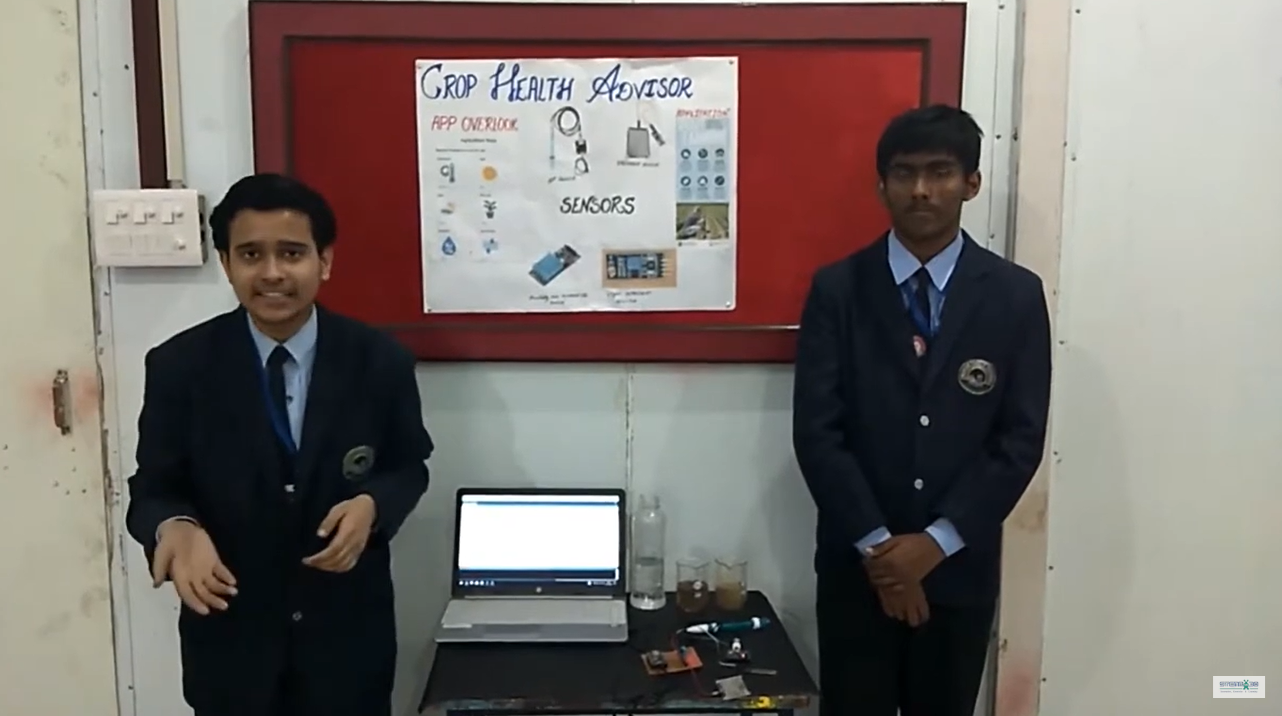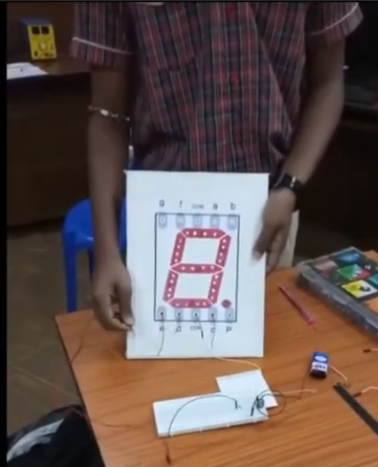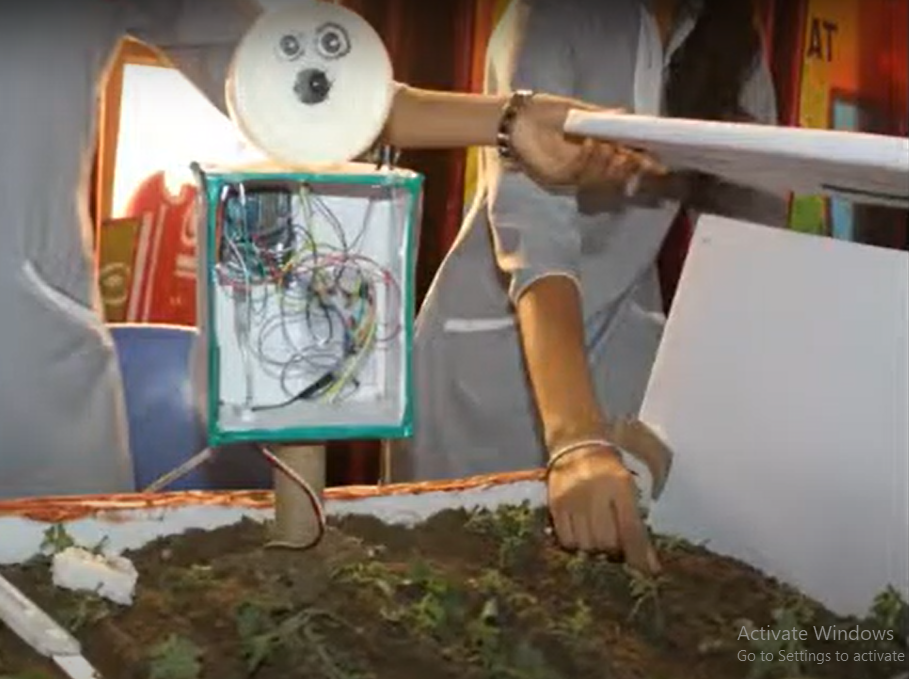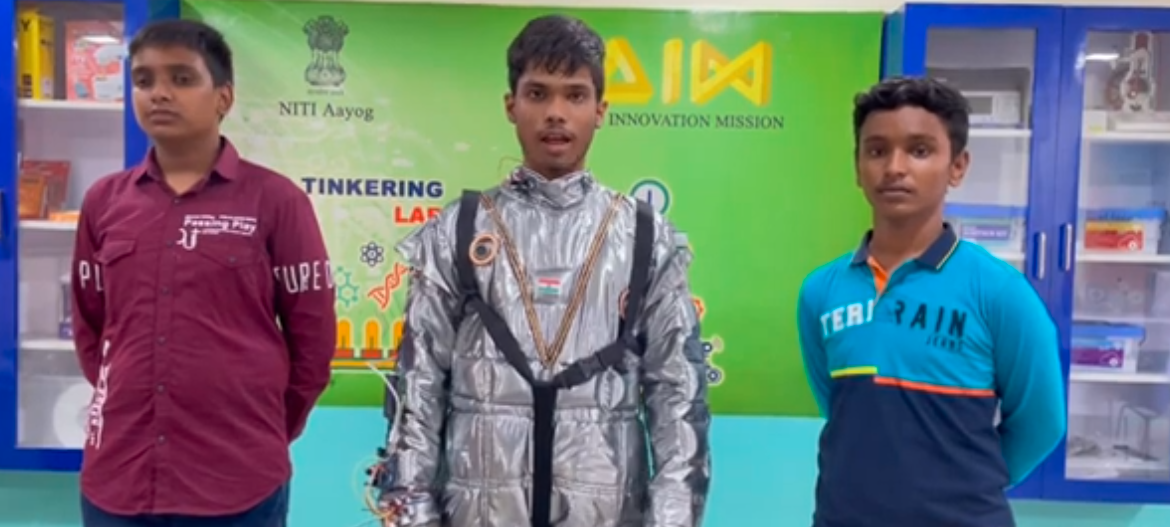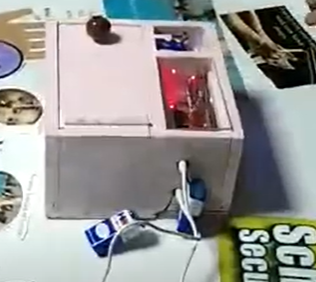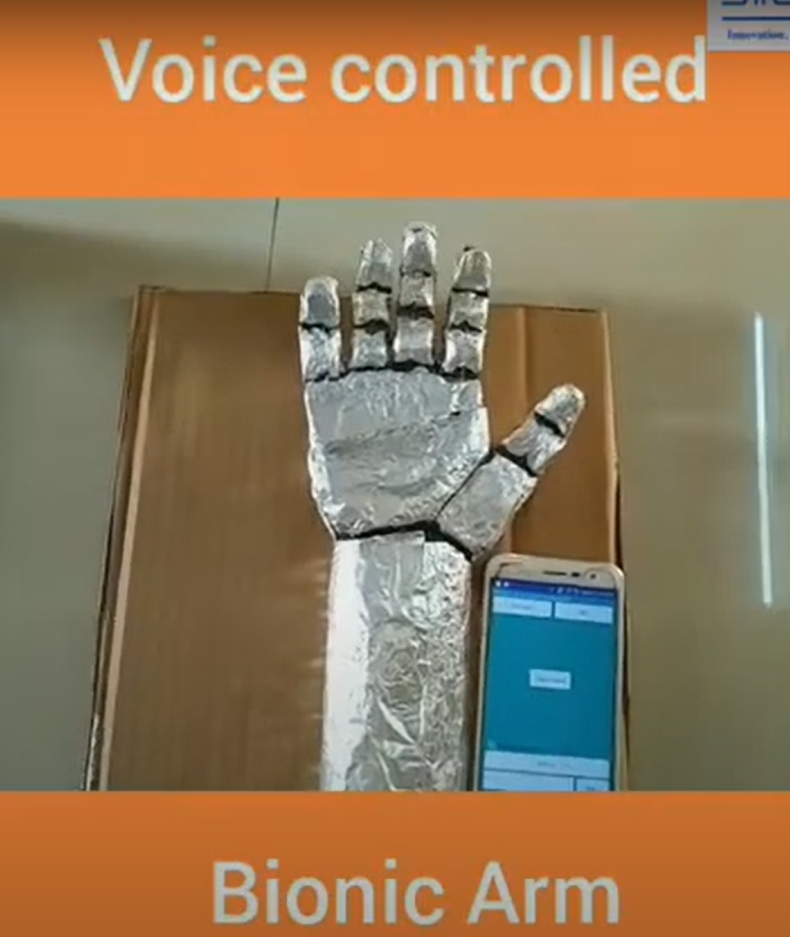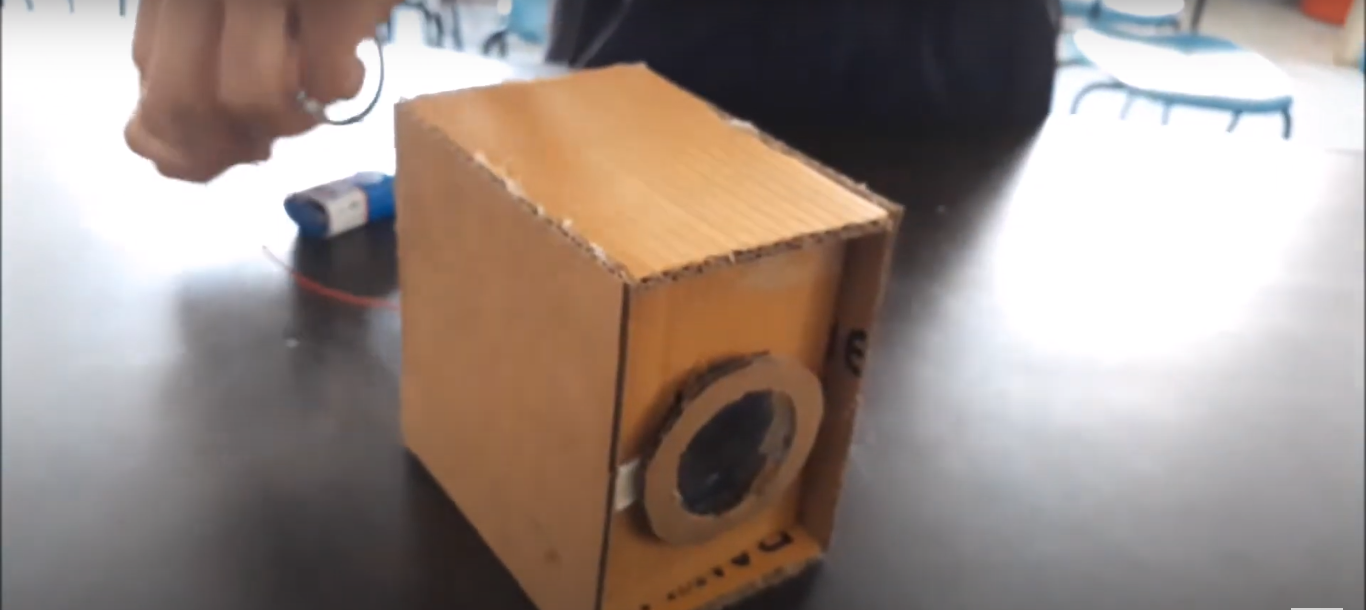It is a DIY project consisting of a DC motor, a 9V battery and a switch. The main idea of this project is to help us easily shade paintings or make drawings. The DC motor is powered by 9V battery. The motor is attached to the project frame which has a holder where you can insert a pencil, pen or colors. When you switch on the motor, it spins and moves the pencil, pen or marker around the sheet. It can be used in shading and drawing. This project shows the creativity of the students who has the basic knowledge of robotics and made a useful DIY project. It enables students to learn Robotics with fun and curiosity.
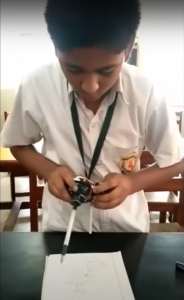
Working:
The DC motor is connected to the breadboard and powered by the 9V battery. Attached to the motor is a holder where you can insert a pencil, pen, or colored markers. When you switch on the motor, it spins and moves the pencil, pen, or marker around. This movement helps in shading or drawing on a piece of paper placed under the holder.

This project is not only fun but also educational. It demonstrates basic electronics principles and shows how motors work. It’s a great way to learn about circuits and mechanical motion while being creative.
Application:
Educational Tool:
- Learning Electronics: This project is an excellent introduction to basic electronics, circuits, and mechanical motion for students and beginners.
- STEM Education: It integrates science, technology, engineering, and mathematics, making it a valuable resource for STEM education.
- Art Education: Art teachers can use this machine to demonstrate automated drawing techniques and patterns.
Artistic Applications:
- Shading and Coloring: The machine provides a consistent and steady motion, making it ideal for shading and coloring large areas smoothly.
- Pattern Creation: Artists can experiment with different positions and angles to create unique and intricate patterns that would be difficult to achieve manually.
Hobby and DIY Projects:
- Custom Art Projects: Hobbyists can use the machine to create personalized art pieces, greeting cards, and decorations.
- DIY Learning: It encourages DIY enthusiasts to explore and expand their knowledge of electronics and mechanics.


